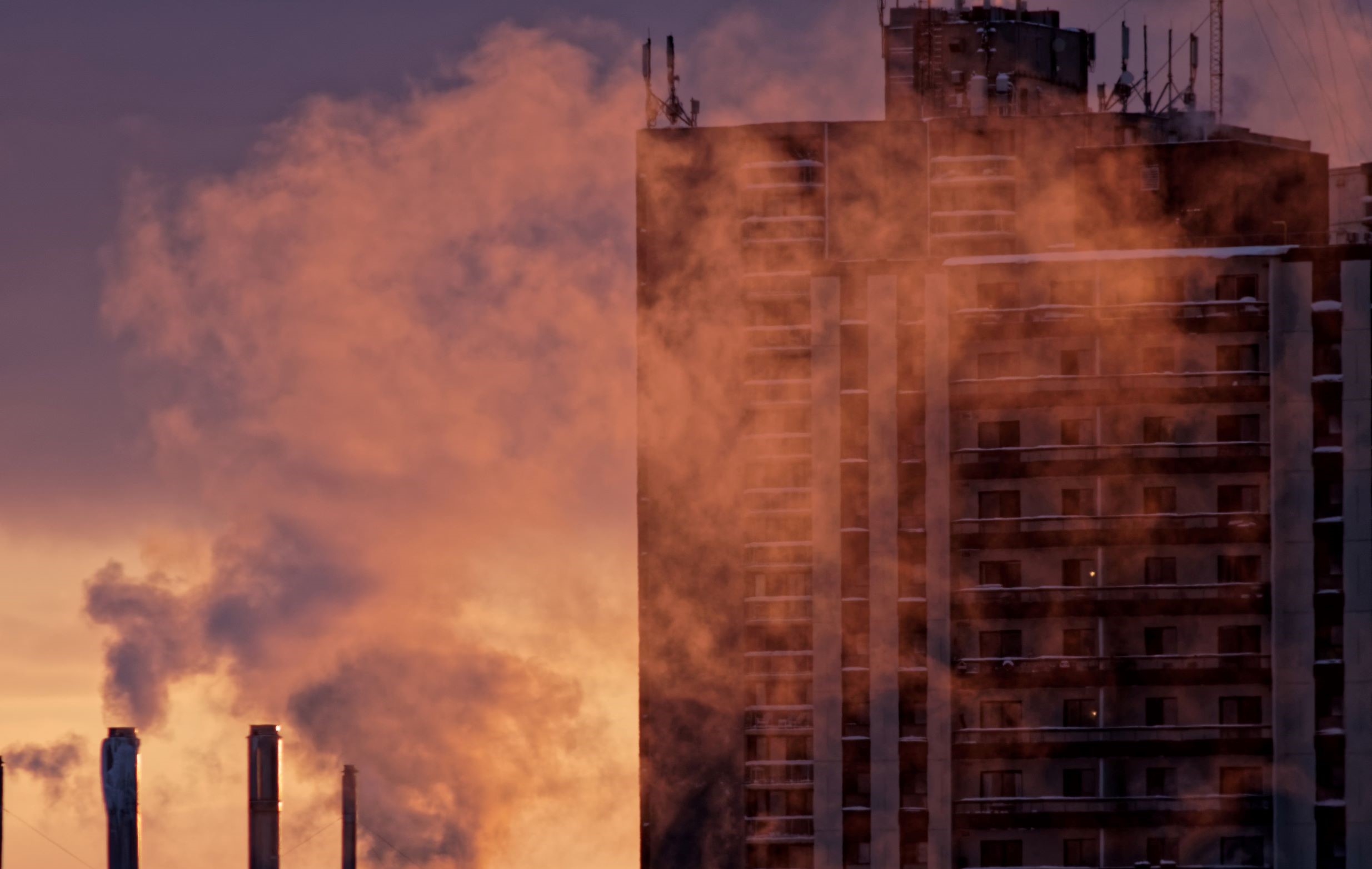Changes to air quality rules could require councils to monitor and respond to air pollution from far finer particles than they currently do.
The Ministry for the Environment’s consultation document says the proposed PM2.5 measurement would capture the winter spike in air pollution due to home heating.
New solid-fuel burners would also be subject to tighter restrictions on emissions. However in a statement launching the document, the Associate Minister for the Environment says 90 per cent of current burners would meet the new standards.
A two-month consultation on the proposal starts today.
The Science Media Centre has gathered the following expert comments.
Dr Ian Longley, air quality scientist, NIWA, comments:
“The current standards for particulate matter refer to PM10 – the amount of particles in the air that are smaller than 10 microns, or a hundredth of a millimetre – small enough to be inhaled deep into the lungs. However, in New Zealand’s air, the particles that are most numerous, and cause significant health problems, are “fine” particles smaller than 2.5 microns. These are also the particles that come from emission sources that are more easily controlled – mainly burning solid fuel for home heating, but also tailpipe emissions from vehicles, and most industrial emissions.
“Although these are covered by the existing PM10 standard, PM10 also includes larger ‘coarse’ particles that are natural and near-impossible to control – particularly sea salt which is common in the air of our coastal towns and cities. By introducing a separate PM2.5 standard it becomes easier to track progress in reducing the emissions that matter most.
“The proposal to introduce a new standard to regulate PM2.5 levels brings New Zealand into line with most other countries and with guidance from the World Health Organisation. The US has had PM2.5 standards since 1997, the EU since 2008 and China since 2012.
“The proposal to retain the existing PM10 standard gives continuing protection for those localities impacted by larger particles, which tend to be mineral and road dusts. These can cause localised air quality problems near to quarries, some industries and unpaved roads.
“In most locations the proposed PM2.5 standard will be harder to achieve than the existing PM10 standard, especially across South Island and inland North Island areas where wood and coal are common fuels for home heating. Some areas that have become compliant with the PM10 standard in recent years may found that they fail to comply with the proposed new standard.”
Conflict of interest statement: Dr Longley contributed to the consultation documents that were considered in the proposed amendments to air quality regulations announced today.
Professor David Williams, School of Chemical Sciences, University of Auckland, comments:
“The document brings the NZ regulations in line with WHO guidelines, so it’s sensible. However, note that internationally, there are suggestions to revise the guidelines downwards.
“In NZ, air quality is not generally a problem, simply because the wind blows it away. However, PM2.5 can be a big problem at some times and places, and wood burning is the major cause: in a valley, with a temperature inversion, no wind, and cold.
“Particulate matter like this is significant because it penetrates deep into the lungs and can be absorbed into the bloodstream. There are reports of particles being found in the brain, for example. Since the particles generally come from combustion, they tend to be coated with tar and so are carriers of nasty stuff, as well as provoking inflammatory reactions.
“The health effects of fine particles in the air are well-documented. One 2019 study says ‘short term exposure to PM2.5 is associated with increased risk of mortality and hospital admissions due to cardiovascular and respiratory diseases, diabetes mellitus, neurological diseases, and deep vein thrombosis, among others…short term exposure to PM2.5 was positively associated with risks of several prevalent but rarely studied causes of hospital admissions, such as septicemia, fluid and electrolyte disorders, acute and unspecified renal failure, and intestinal obstruction without hernia.’ So, not very nice, the particles get everywhere.
“That study also concluded ‘when the analysis was restricted to days with a daily PM2.5 concentration below the WHO air quality guideline for the 24 hour average exposure to PM2.5, most newly identified causes of hospital admission and those identified from previously published studies remained positively associated with short term PM2.5 exposure, suggesting that the guideline needs updating’. The Government has decided not to do that.
“A similar conclusion can be found in a 2019 report which states ‘both short- and long‑term exposure of children and adults to air pollution can lead to reduced lung function, respiratory infections and aggravated asthma. Maternal exposure to ambient air pollution is associated with adverse impacts on fertility, pregnancy, newborns and children (WHO, 2005, 2013a). There is also emerging evidence that exposure to air pollution is associated with new‑onset type 2 diabetes in adults, and it may be linked to obesity, systemic inflammation, ageing, Alzheimer’s disease and dementia (RCP, 2016, and references therein; WHO, 2016b).
“The effects of air pollution on health depend not only on exposure, but also on the vulnerability of people. Vulnerability to the impacts of air pollution can increase as a result of age, pre‑existing health conditions or particular behaviours. A large body of evidence suggests that people of lower socio‑economic status tend to live in environments with worse air quality (EEA, 2018a)’.”
Conflict of interest statement: Professor Williams is a co-founder and shareholder in Aeroqual Ltd, an Auckland company supplying air quality measurement instruments world-wide. He is also a co-founder and shareholder in Mote Ltd, an Auckland company focussed on providing reliable data from networks of instruments, including air quality instruments.
